Blog
Innovation Management Software: A Comprehensive Guide
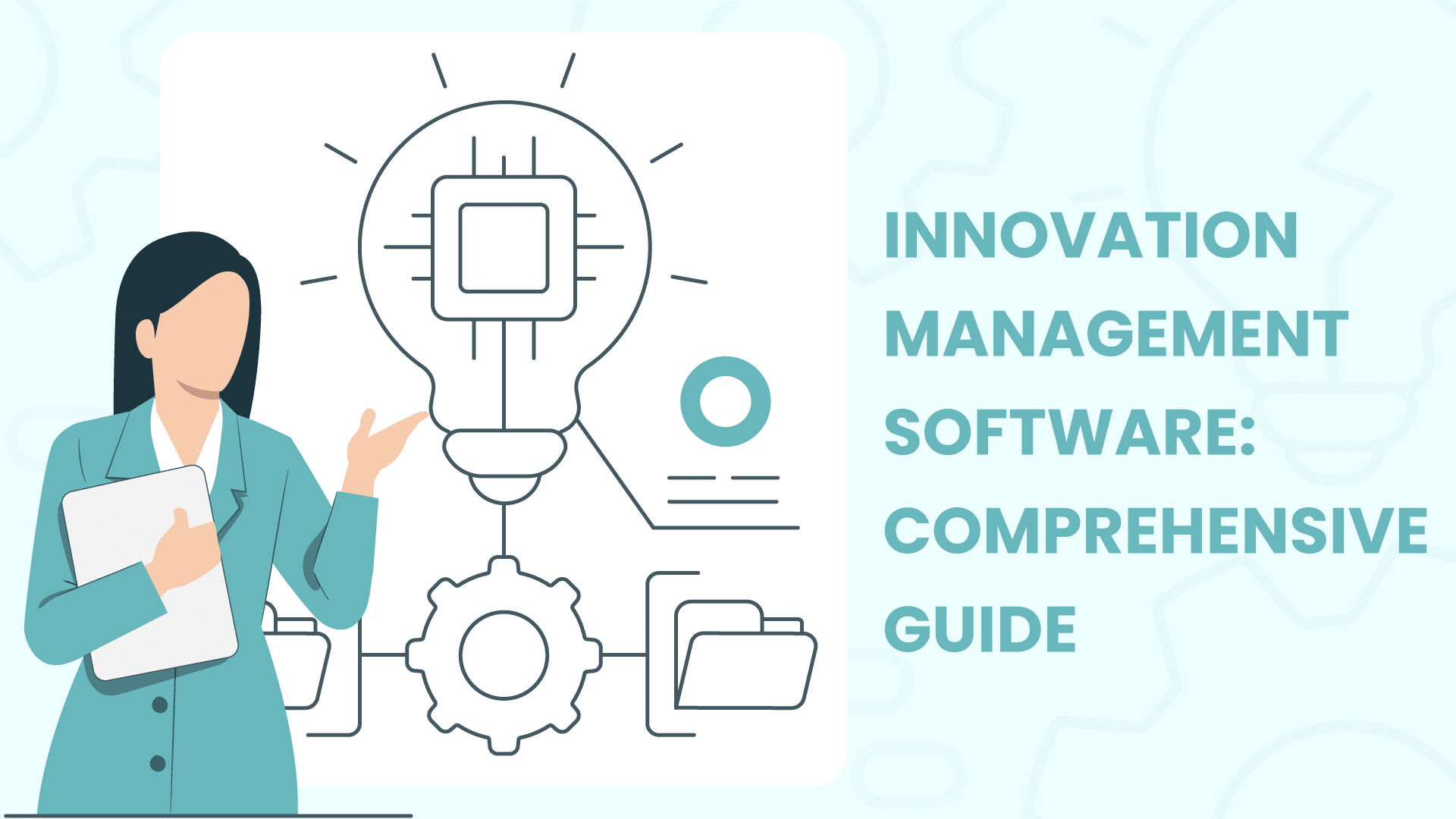
In today’s fast-paced business environment, staying competitive requires more than just generating ideas; it demands structured processes to cultivate those ideas into implementable innovations. Innovation management software plays a crucial role in this, offering more than just a platform for idea collection—it provides tools to manage, assess, and develop ideas throughout their entire lifecycle. The right software can help organizations move from scattered ideas to strategic innovations that drive business growth.
What is Innovation Management?
Innovation management involves systematically overseeing the flow of ideas, from their inception to their implementation. While many companies may focus heavily on the collection of ideas, true innovation management goes beyond this first step. It encompasses evaluating ideas, refining them, and ensuring they align with the company’s strategic goals. With the right processes in place, innovation management can help turn abstract ideas into practical, market-ready products or services. This is where innovation management software stands out—it provides the tools to not only gather ideas but also to nurture them through multiple stages of assessment and refinement.
Innovation Management Software: Features and Benefits
Many organizations face challenges like idea overload, misaligned resources, and slow time-to-market. Innovation management software addresses these by offering a comprehensive suite of features. However, the core of any good innovation platform lies in how it handles idea management and screening.
Idea Management
Idea management is at the heart of any innovation management software, and it involves much more than simply gathering suggestions from employees. A comprehensive idea management system must facilitate not only the collection of ideas but also their evaluation, development, and prioritization, ensuring that the most promising concepts are identified and advanced.
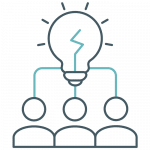
1. Idea Collection: At its core, idea collection is the initial step where ideas are sourced from across the organization. The software makes this process efficient by allowing all employees, regardless of their role or location, to contribute ideas. It democratizes innovation by giving everyone a voice, whether through anonymous submissions, organized brainstorming sessions, or open innovation portals. By centralizing this process, the platform ensures that no idea is lost and every contribution can be tracked and revisited.
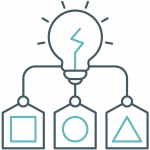
2. Categorization and Tagging: Once ideas are submitted, the software enables categorization and tagging to ensure ideas are easily sorted and searchable. This is essential in avoiding idea overload, where too many ideas clutter the system without direction. Categories may include types of innovation (e.g., product, process, or organizational improvements), departments involved, or urgency. This structured approach ensures that ideas are funneled into the appropriate workflows for evaluation.

3. Evaluation and Prioritization: After collection, the real value of idea management software lies in its ability to systematically evaluate ideas. The platform allows teams to create customized criteria based on factors such as feasibility, potential ROI, strategic alignment, and resource availability. Ideas can then be scored and ranked according to these criteria, allowing decision-makers to focus on the concepts that provide the highest potential impact.

4. Feedback and Iteration: One of the most powerful aspects of innovation management software is the ability to collect feedback from various stakeholders during the idea evaluation process. Ideas are rarely perfect in their first iteration, and the platform allows teams to collaborate, give feedback, and suggest improvements. Through discussions, comments, and voting mechanisms, ideas are refined and developed, ensuring that they evolve before moving forward in the process.

5. Custom Workflows for Different Types of Ideas: Not all ideas are equal, and innovation management software accommodates this by providing customizable workflows. For example, a new product idea might need to go through a detailed market analysis and feasibility study, while an operational improvement may focus more on cost-benefit analysis and process efficiency. The software’s flexibility ensures that each type of idea is managed according to its unique requirements, making sure that the right ideas move forward for the right reasons.
![]()
6. Tracking and Visibility: Throughout the idea management process, transparency and visibility are key. Innovation management software provides real-time tracking of ideas, allowing stakeholders to see where each idea is in the process and who is responsible for the next steps. This level of visibility prevents ideas from getting lost in the shuffle and ensures accountability throughout the lifecycle of innovation.
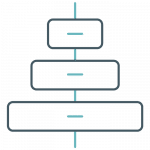
7. Prioritizing Strategic Alignment: Innovation management software also helps organizations ensure that ideas align with broader business goals. By integrating strategic objectives into the evaluation process, the software ensures that ideas not only offer creative value but also contribute to long-term organizational success.
Collaboration Tools
Innovation thrives on collaboration. The software enables teams across departments and locations to share input, give feedback, and iterate on ideas. This collaboration ensures that ideas are shaped and refined from multiple perspectives.
Resource and Portfolio Management
Managing the resources and projects that stem from innovation is just as important as the ideas themselves. The software helps allocate resources and align projects with strategic goals, providing visibility into the innovation pipeline.
Integrating Innovation Management with Stage-Gate
The Stage-Gate process is a widely adopted framework for managing product development, breaking the innovation process into distinct stages separated by decision points (gates). This structured approach ensures that only the most viable ideas progress, with each gate serving as a checkpoint where decision-makers evaluate whether to move forward, revise, or terminate the project.
Innovation management software enhances the Stage-Gate process by providing specialized tools for each stage:
- Idea Generation: The software aids in collecting, evaluating, and prioritizing ideas, ensuring that only the most promising concepts move forward.
- Concept Development and Feasibility Analysis: It provides resources for detailed analysis and development, supporting data-driven decision-making.
- Development and Testing: The software assists in resource allocation, progress tracking, and risk management, ensuring that each gate is passed only after rigorous evaluation.
With real-time tracking and reporting, the software improves oversight, helping to maintain the integrity of the Stage-Gate process and keep projects on track. For organizations already using Stage-Gate, integrating this software adds efficiency and transparency, leading to significant improvements in product development and overall success.
Difference Between Innovation Management Software and Project Management Software
While innovation management software focuses on the ideation and assessment stages of innovation, project management software excels in planning and execution. Both tools have their strengths, but they serve different purposes.
Innovation Management Software is designed to help companies gather, evaluate, and refine ideas. It supports creativity and collaboration across teams and allows for flexible workflows that vary by department or type of innovation. The drawback is that once ideas move past the evaluation stage, innovation management software may not offer comprehensive tools to manage their execution.
Project Management Software is built to handle structured project workflows, from inception to delivery. Many project management platforms offer project request features, which can be used to evaluate and manage ideas before they become formal projects. However, these platforms typically lack the flexibility and depth required for the initial stages of idea management.
Pros and Cons: Innovation management software is better suited for companies looking to foster a culture of innovation and encourage creative input from across the organization. Project management software, while strong in execution, may not offer the same flexibility in managing the early stages of innovation. The ideal scenario may involve using both types of software, integrating innovation management with project execution.
Benefits of Using Project Management Software in Innovation
Once an idea has been evaluated and refined, project management software becomes crucial for turning that idea into a reality. Project management platforms can take an idea that has passed through the innovation screening process and manage its entire lifecycle—from the planning phase to execution and delivery.

Managing the Full Lifecycle: Project management software provides the structure needed to plan, allocate resources, and monitor progress. Once an idea is ready to move forward, a project management solution can ensure that all aspects of the project, from budget to timelines, are managed effectively.

Seamless Transition: Many innovation management platforms can integrate with project management tools, creating a seamless handover from idea generation to project execution. This integration ensures that ideas don’t get lost in the transition and can be tracked through to completion.

Improved Accountability and Visibility: Project management software enhances visibility into ongoing projects, making it easier for teams to stay aligned with strategic goals. It also provides accountability, ensuring that each phase of the project is executed efficiently.
Choosing the Right Innovation Management Software
Selecting the right innovation management software is crucial to maximizing its benefits, but with so many options available, it can be a daunting task. Here’s a step-by-step guide to help you make an informed decision:

1. Identify Your Organization’s Needs
Determine what your organization specifically requires from the software. Are you focused on idea generation, or do you need strong project management and analytics capabilities? Clearly identifying your needs will guide the selection process.

2. Evaluate Key Features
Look for features such as user-friendly interfaces, scalability, and integration capabilities with existing tools. Ensure the software can adapt to your organization’s unique processes and workflows through customization.

3. Assess Vendor Reputation and Support
Consider the vendor’s reputation in the industry and the level of customer support they provide. A reliable vendor should offer comprehensive onboarding and ongoing support to help you get the most out of the software.
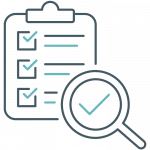
4. Use a Vendor Evaluation Checklist
Ask critical questions during the evaluation process: How easily can the software integrate with our current systems? Does the software offer the flexibility to scale as our needs grow? What level of customer support is available?

5. Conduct a Pilot Test
Before rolling out the software organization-wide, consider conducting a pilot test with a small team. This allows you to gauge its effectiveness, identify potential issues, and gather feedback from users.
By following these steps, you can select innovation management software that not only meets your current needs but also scales with your organization’s growth and evolving requirements.
Implementing Innovation Management Software: Best Practices
Successful implementation of innovation management software requires careful planning and execution.
- Planning and Stakeholder Alignment: Begin with careful planning and engage key stakeholders from the outset. Define clear goals and establish a detailed implementation plan to ensure that the software aligns with business objectives and meets your organization’s needs.
- Training and Onboarding: Provide comprehensive training and onboarding to all users, ensuring they are comfortable with the software and understand its features and benefits. Adequate training minimizes resistance to change, accelerates adoption, and ensures a smooth transition.
- Continuous Monitoring and Improvement: Regularly assess the software’s performance and its impact on your innovation processes. Gather feedback from users, evaluate effectiveness, and make necessary adjustments to optimize its use and drive continuous improvement.
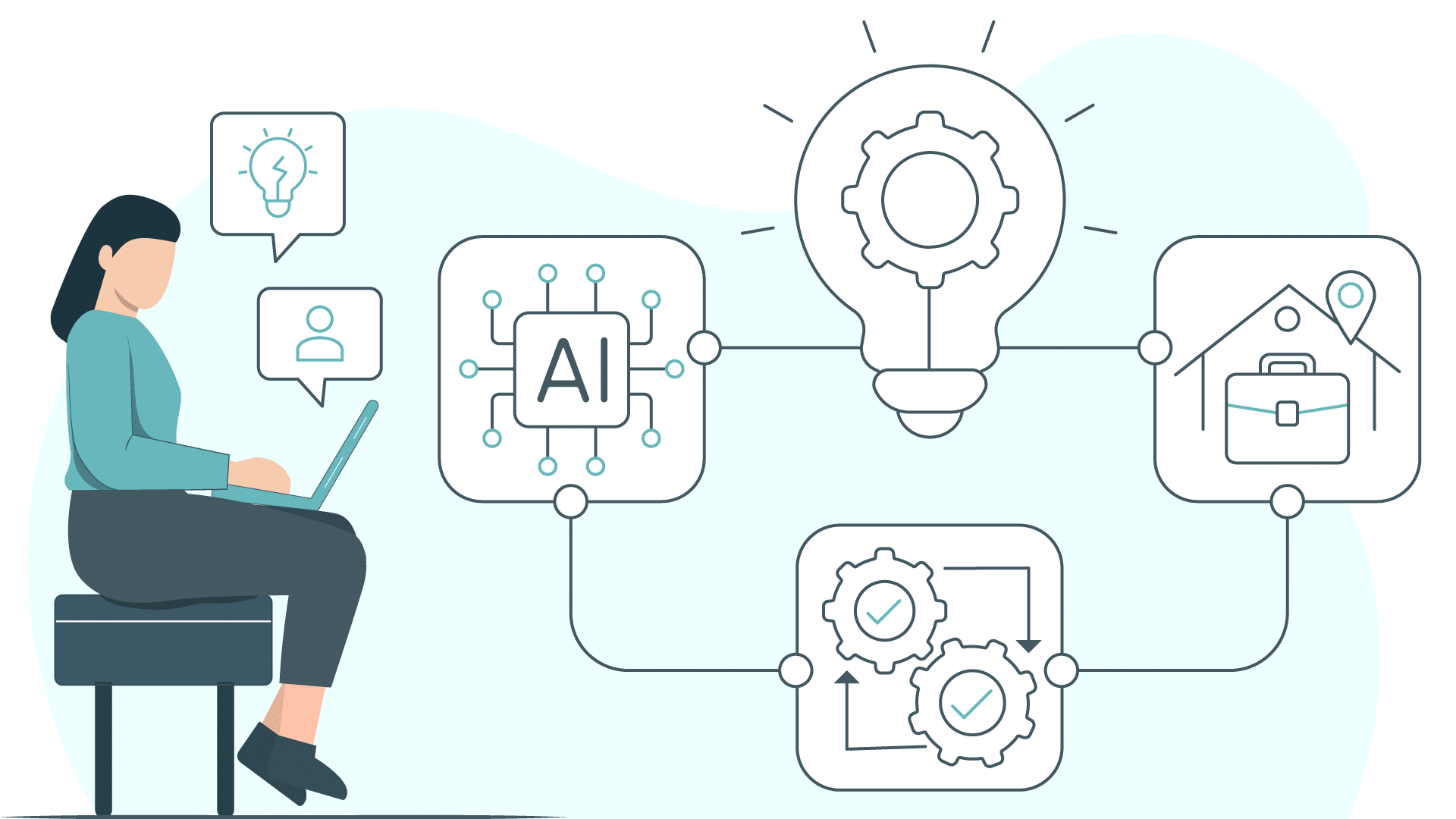
Future Trends in Innovation Management Software
Innovation management software is constantly evolving, with new features and capabilities being introduced to meet the changing needs of organizations.
- AI and Machine Learning: AI and machine learning are increasingly being integrated into innovation management software, offering capabilities such as predictive analytics, automated idea evaluation, and enhanced decision-making.
- Increased Integration: As organizations seek more holistic solutions, there is a growing trend toward integrating innovation management software with other enterprise systems such as CRM and ERP, providing a more comprehensive view of the innovation process.
- Remote Collaboration: With the rise of remote work, tools that facilitate remote collaboration have become more important than ever. Innovation management software is evolving to meet these needs, offering features that support remote teams and ensure effective collaboration across geographies.
Conclusion
Innovation management software is not just a tool; it’s a strategic asset that can drive growth and competitiveness. By understanding its features, benefits, and the steps involved in selecting and implementing it, you can harness its full potential.
For product managers, project managers, and c-suite executives, adopting innovation management software is a step towards a more structured and efficient innovation process. It’s about making informed decisions, fostering collaboration, and staying ahead in a competitive market.

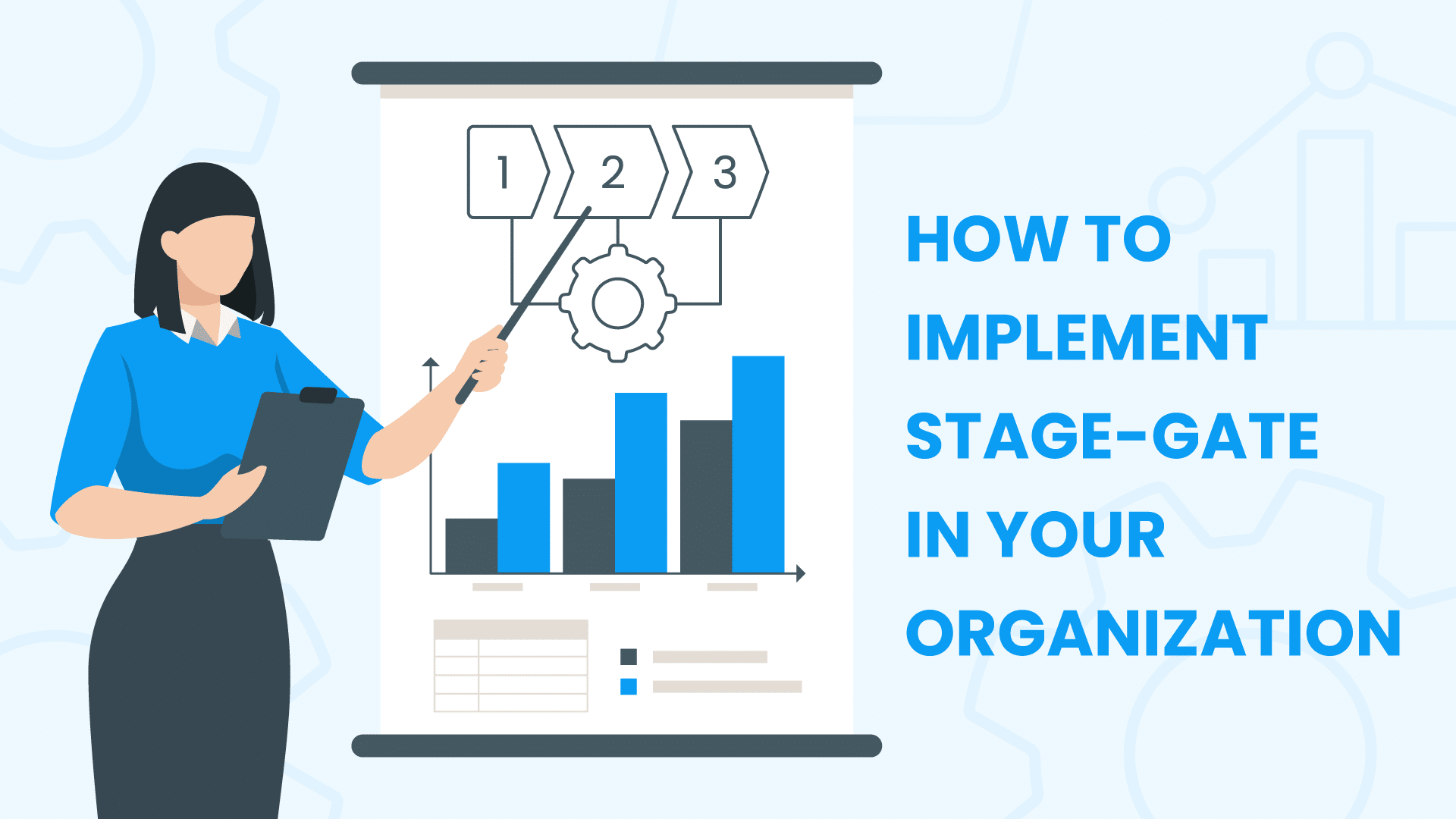











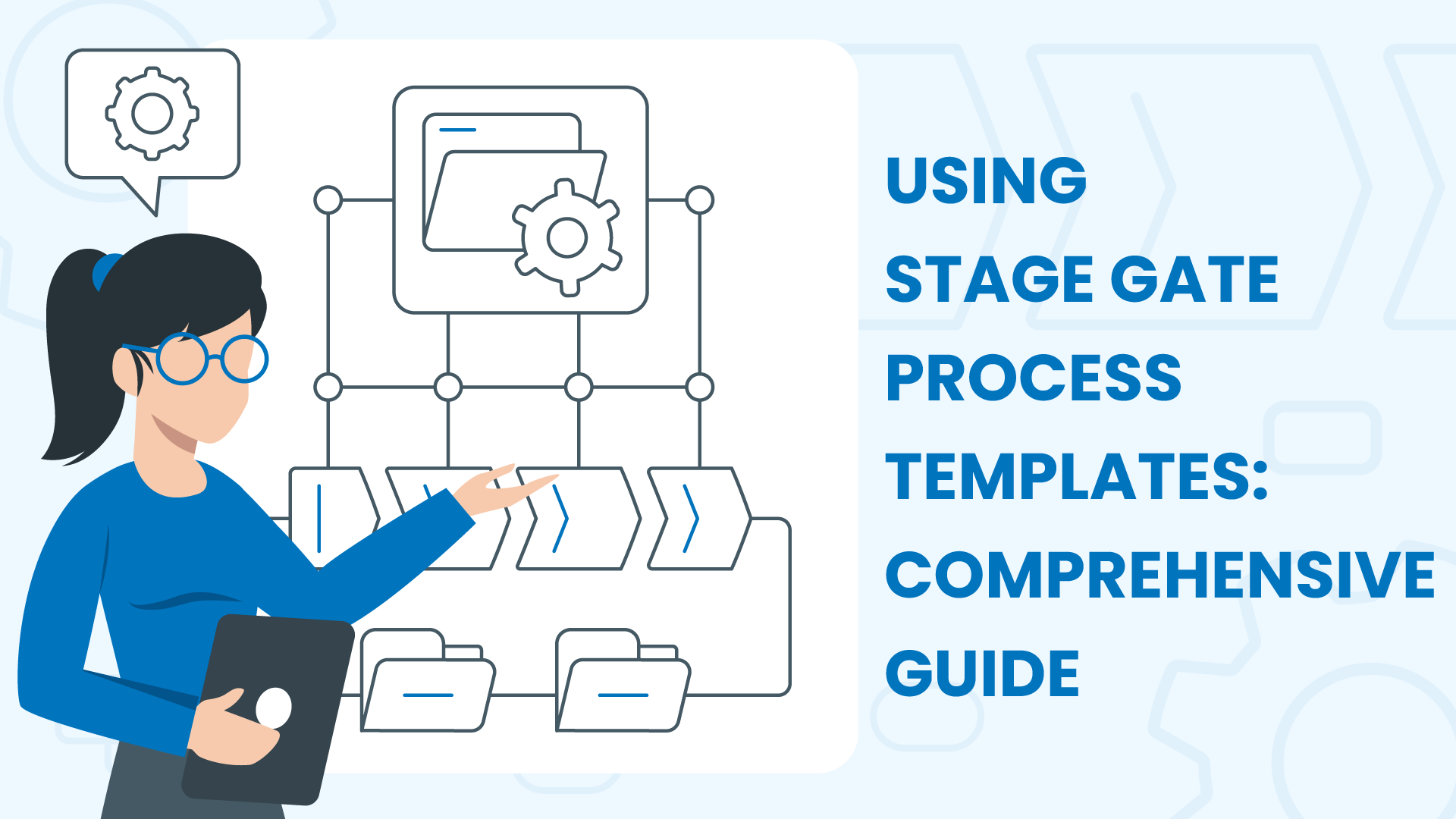



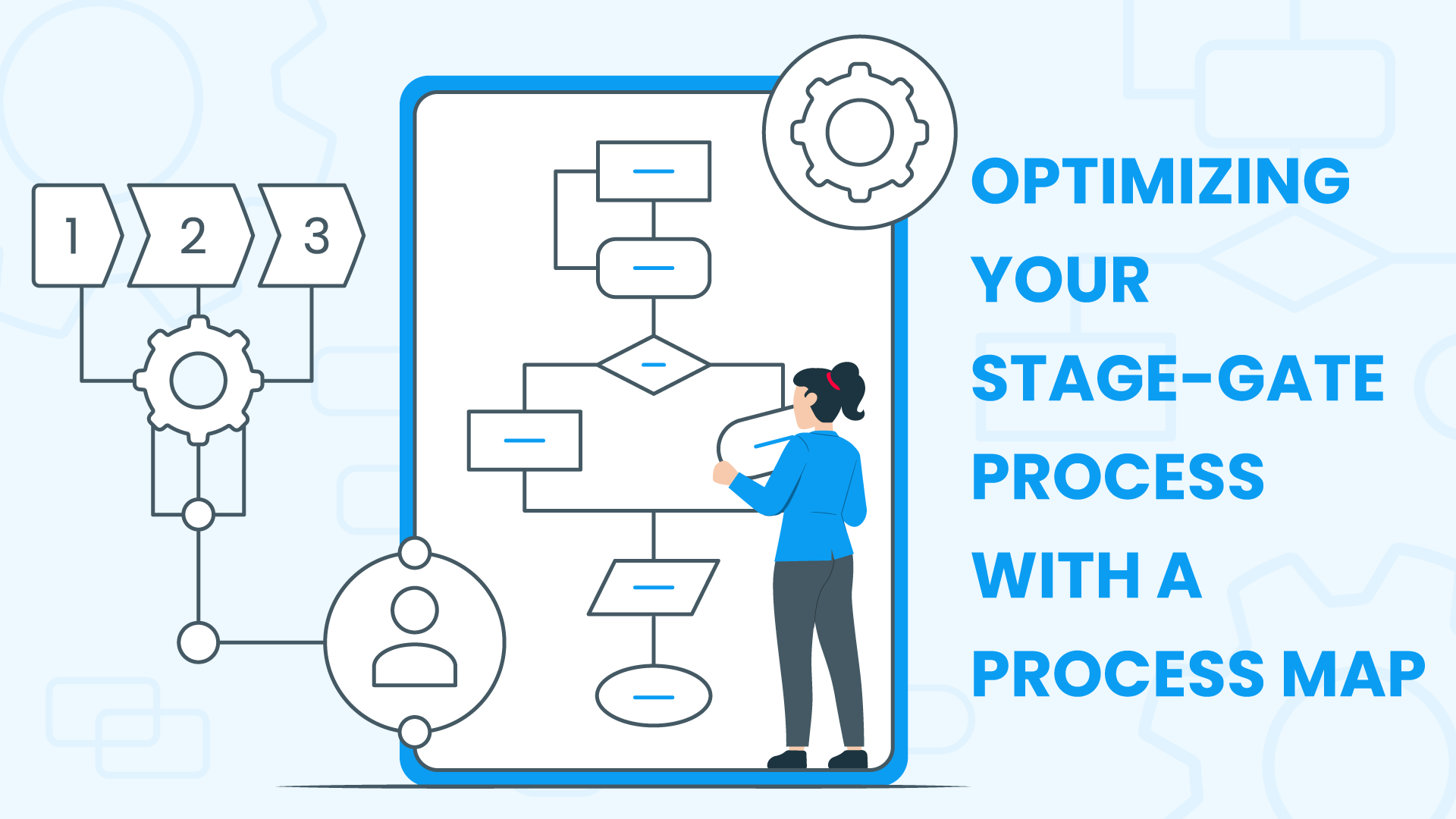




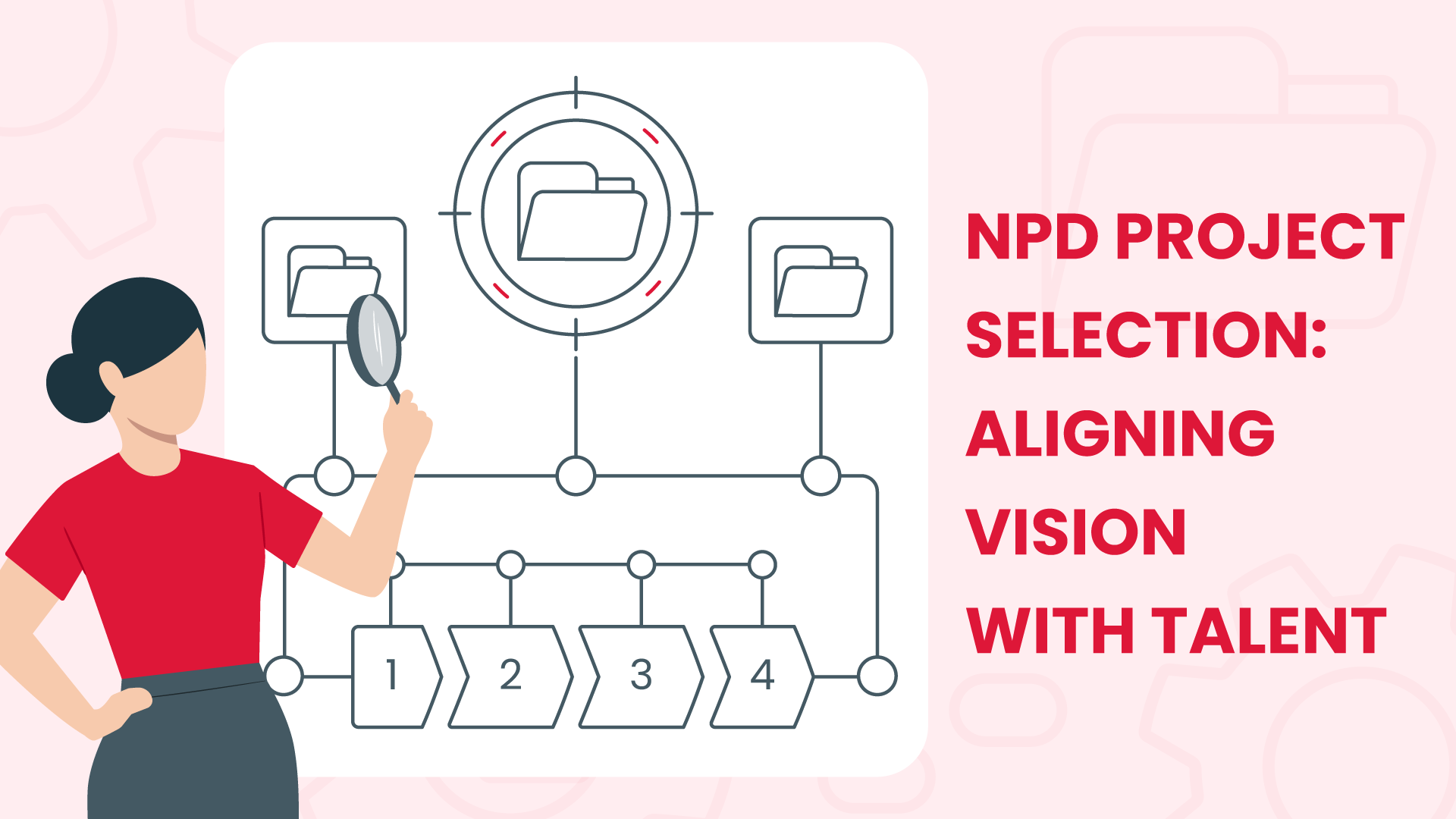



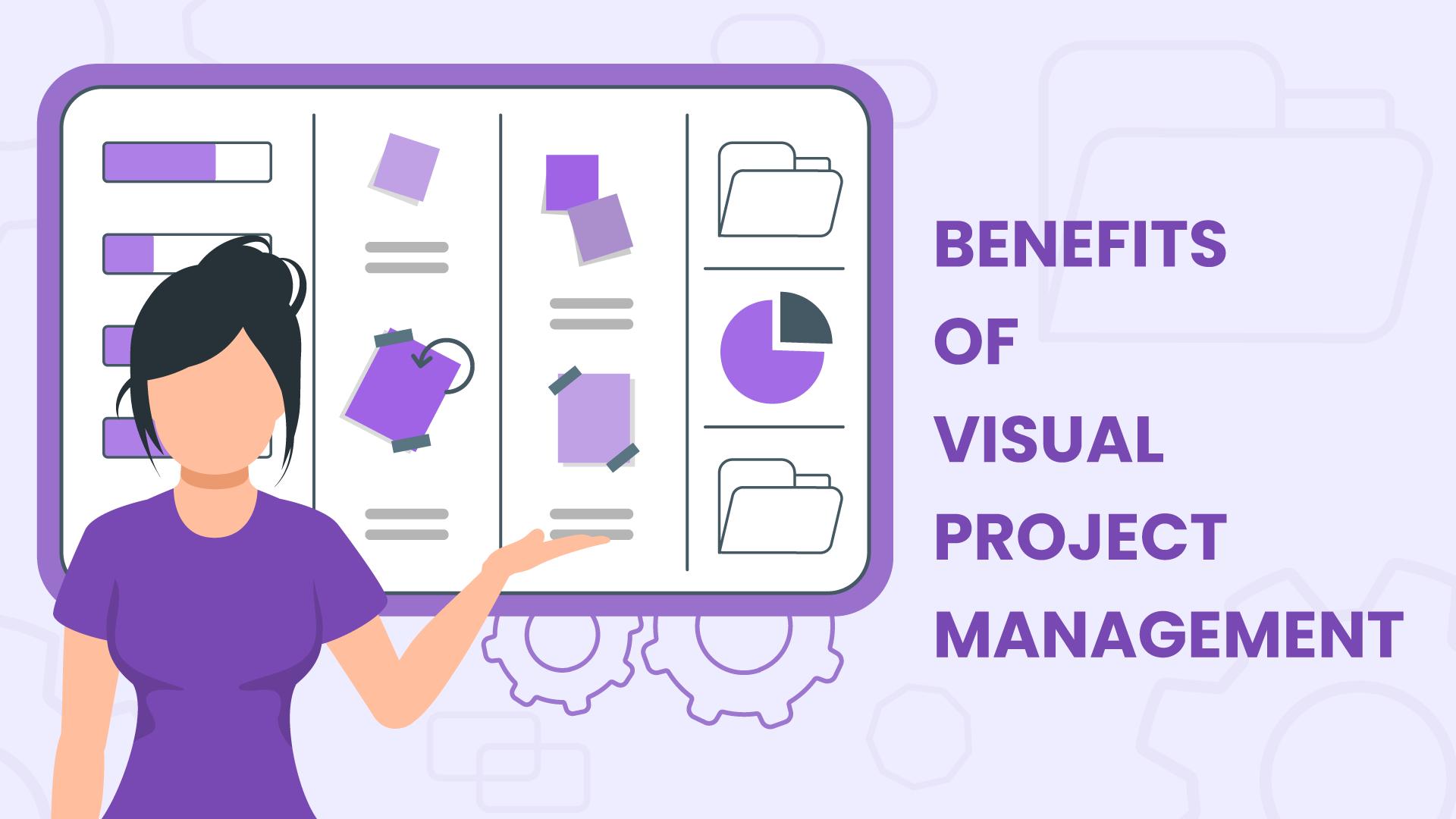


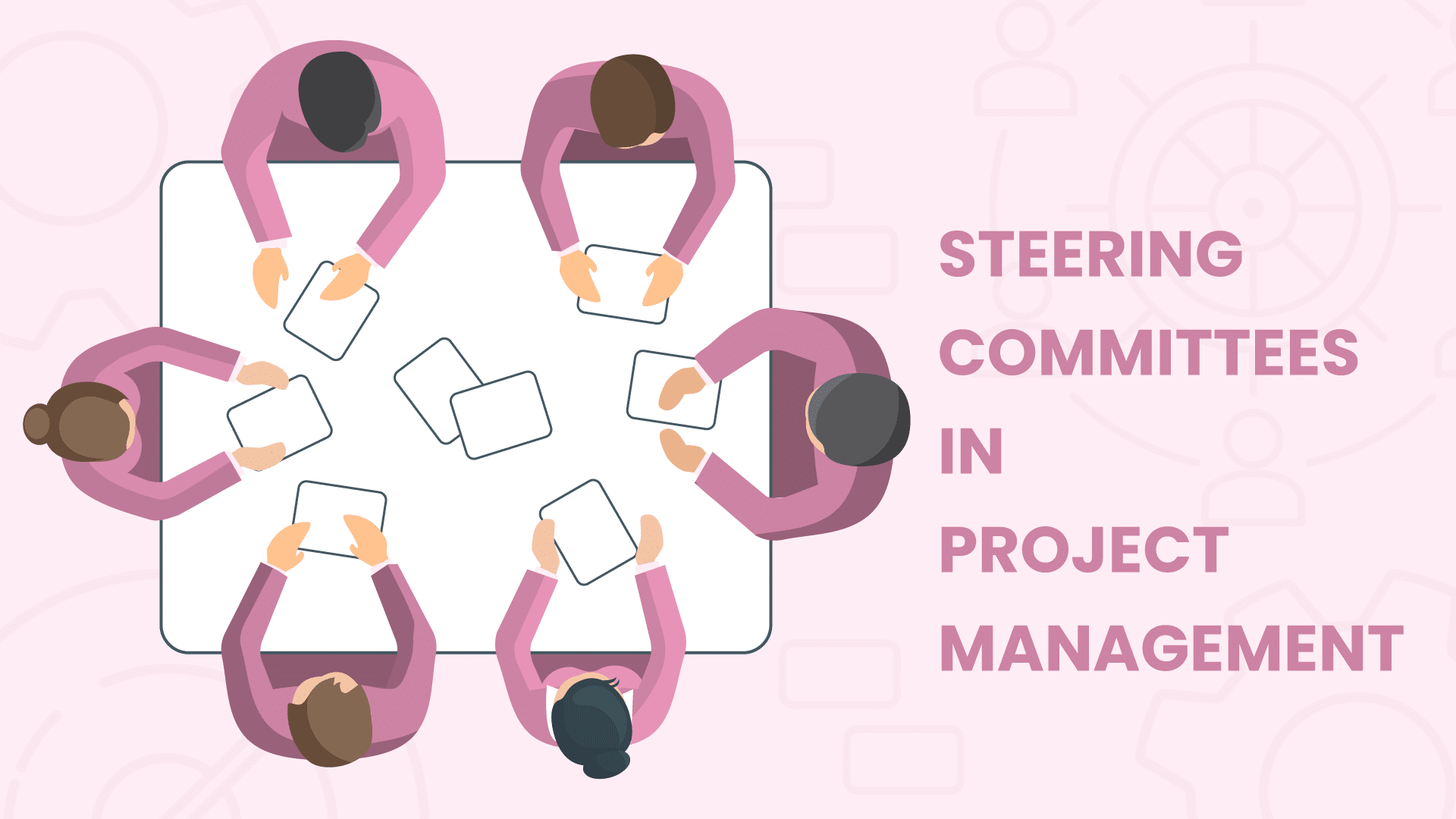



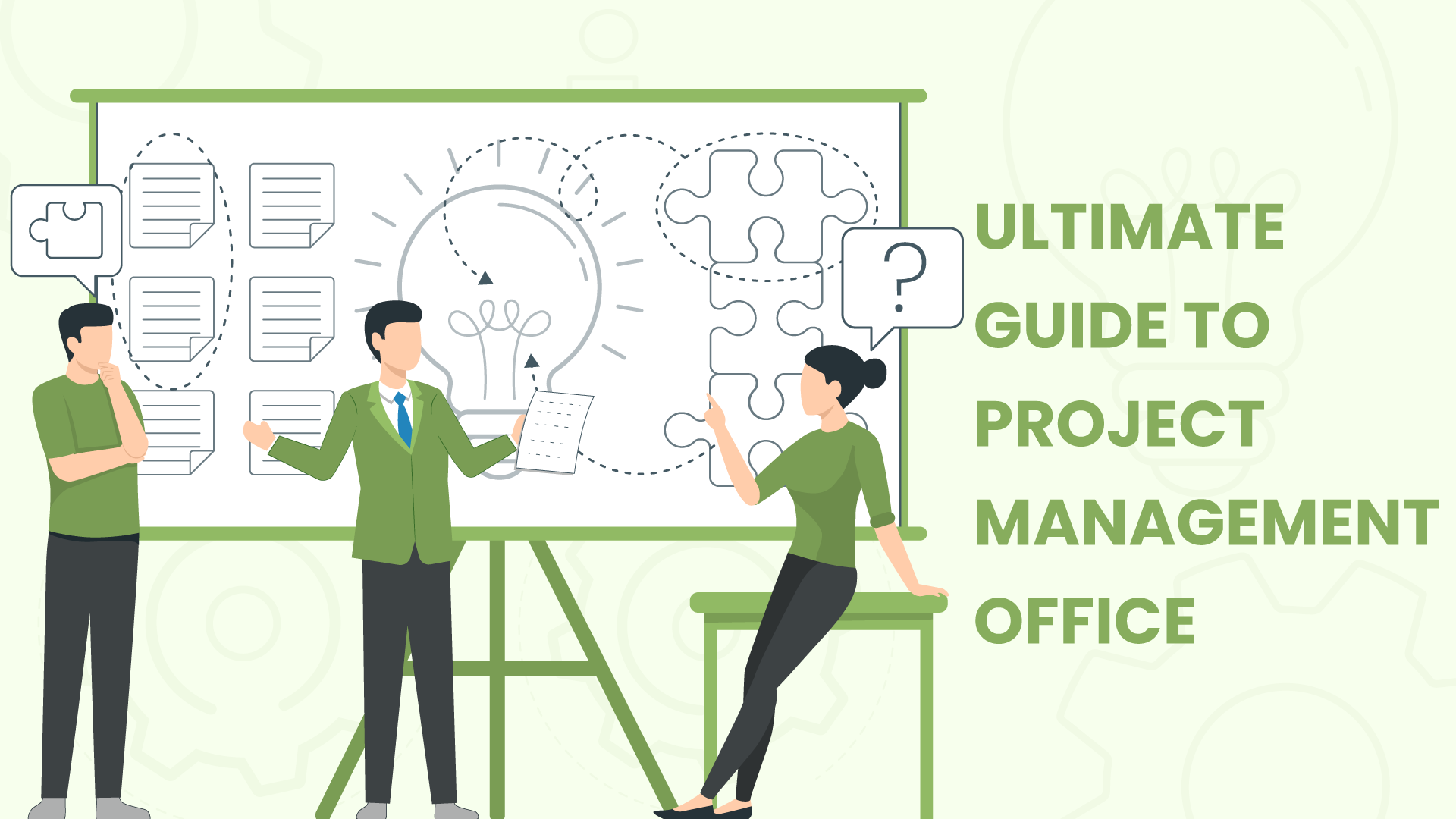

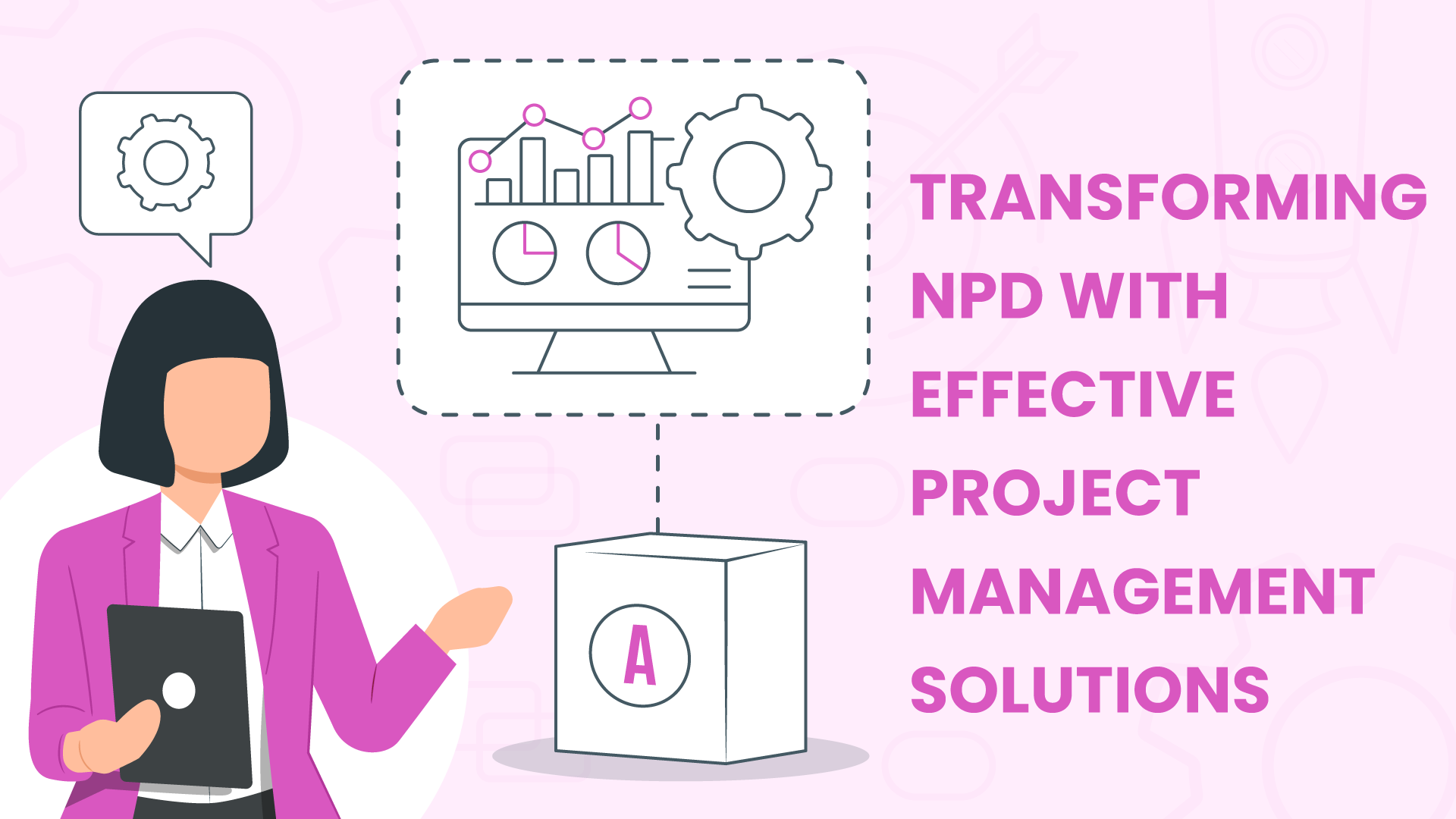

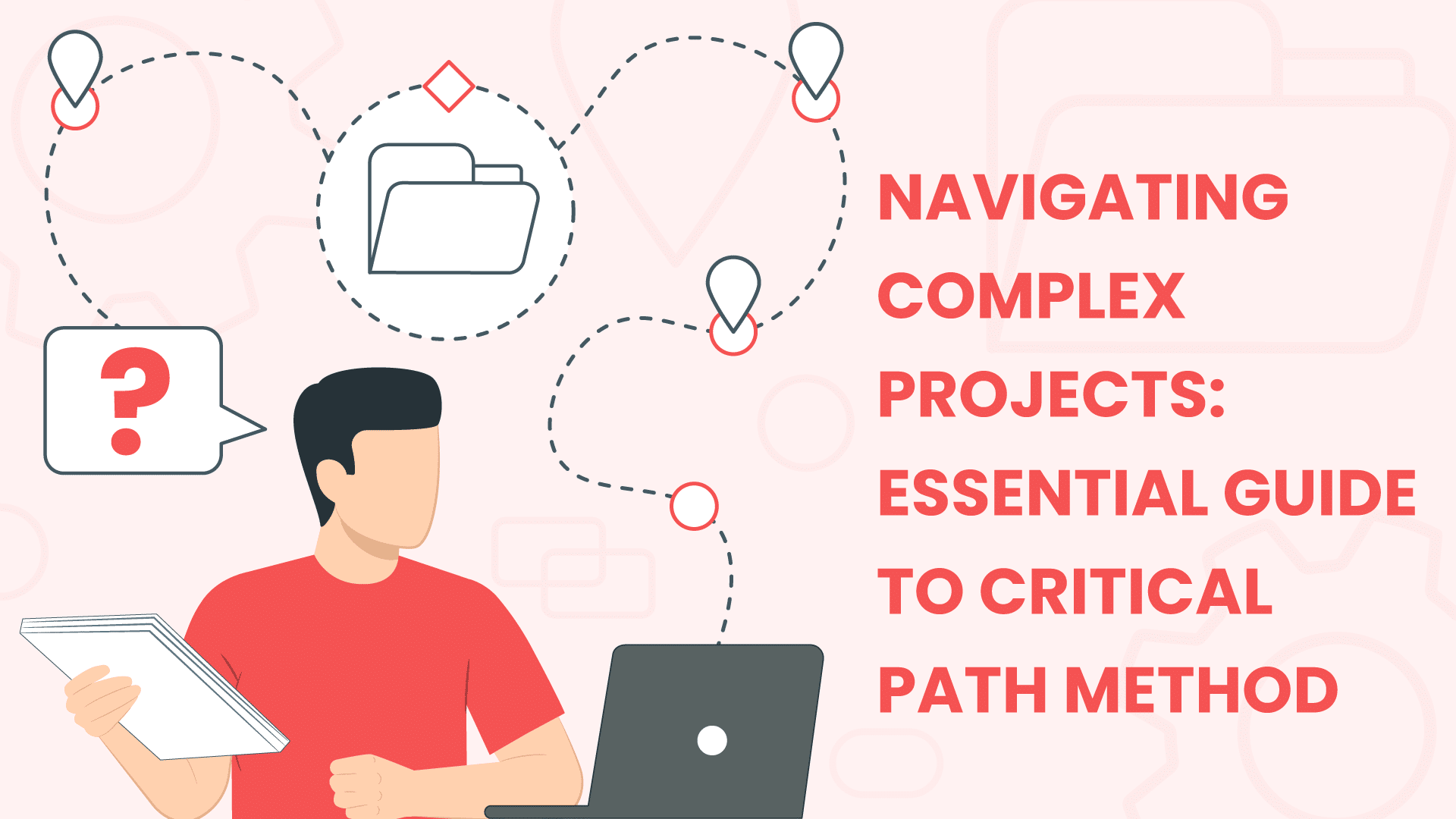





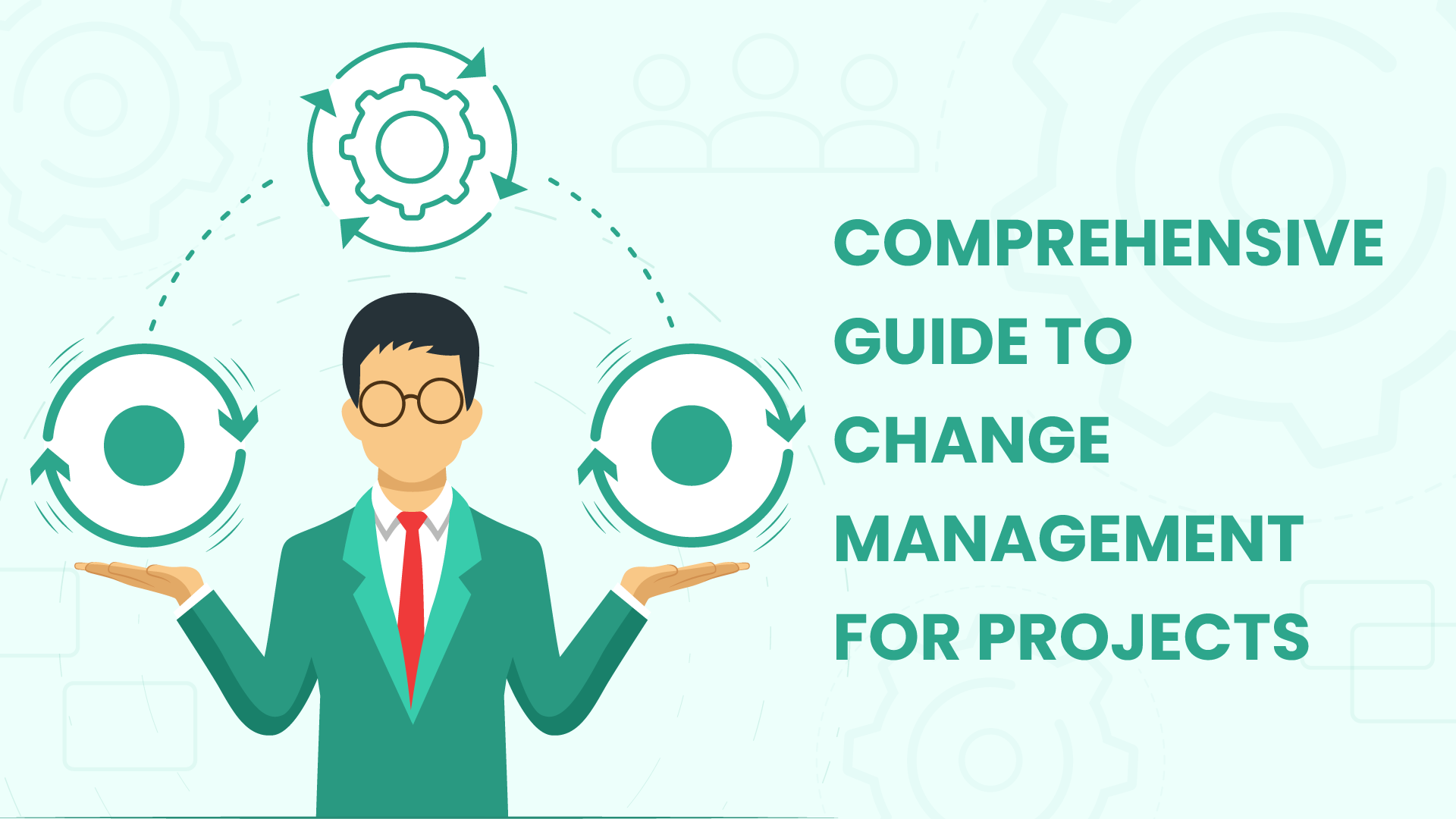
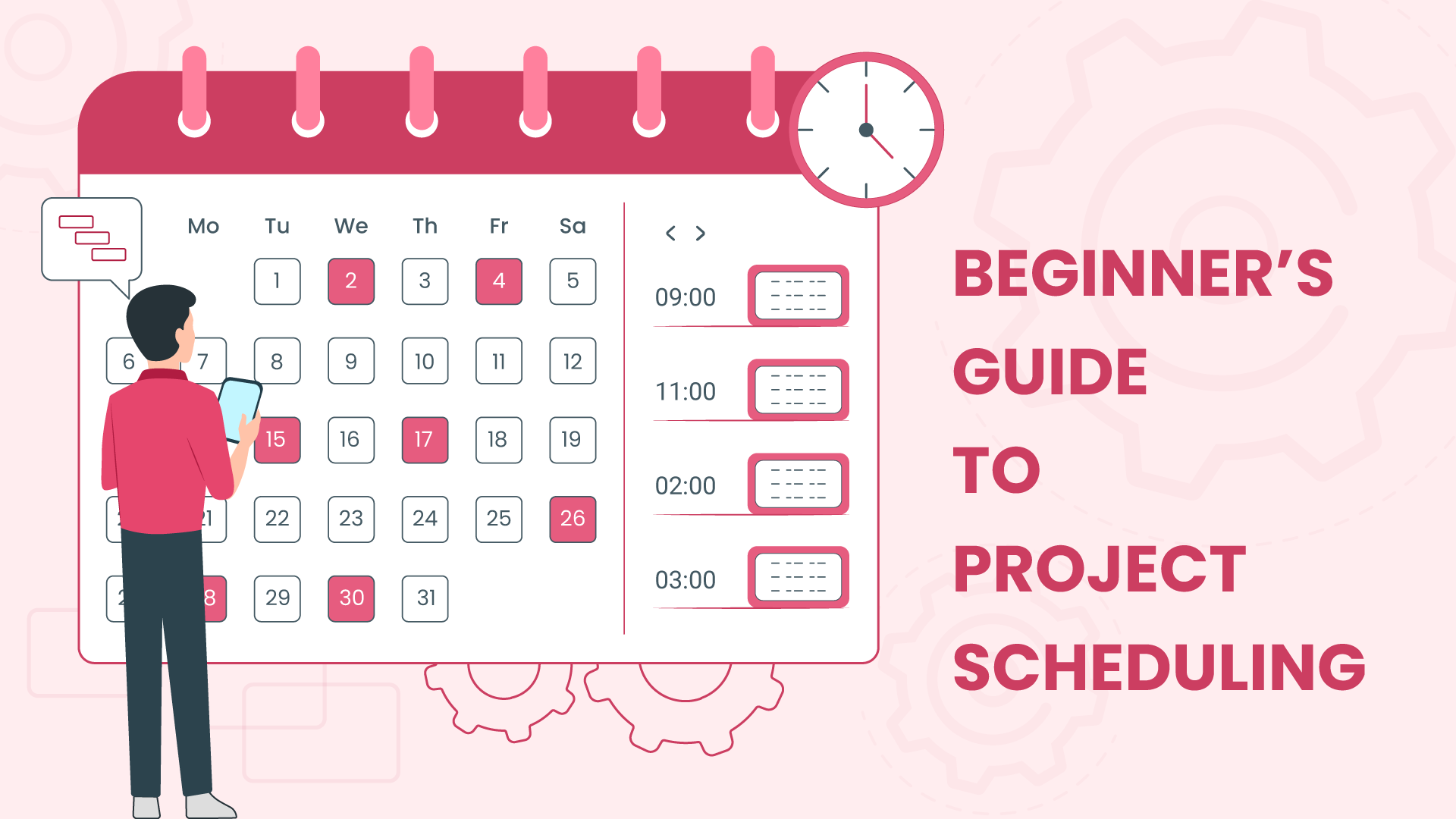
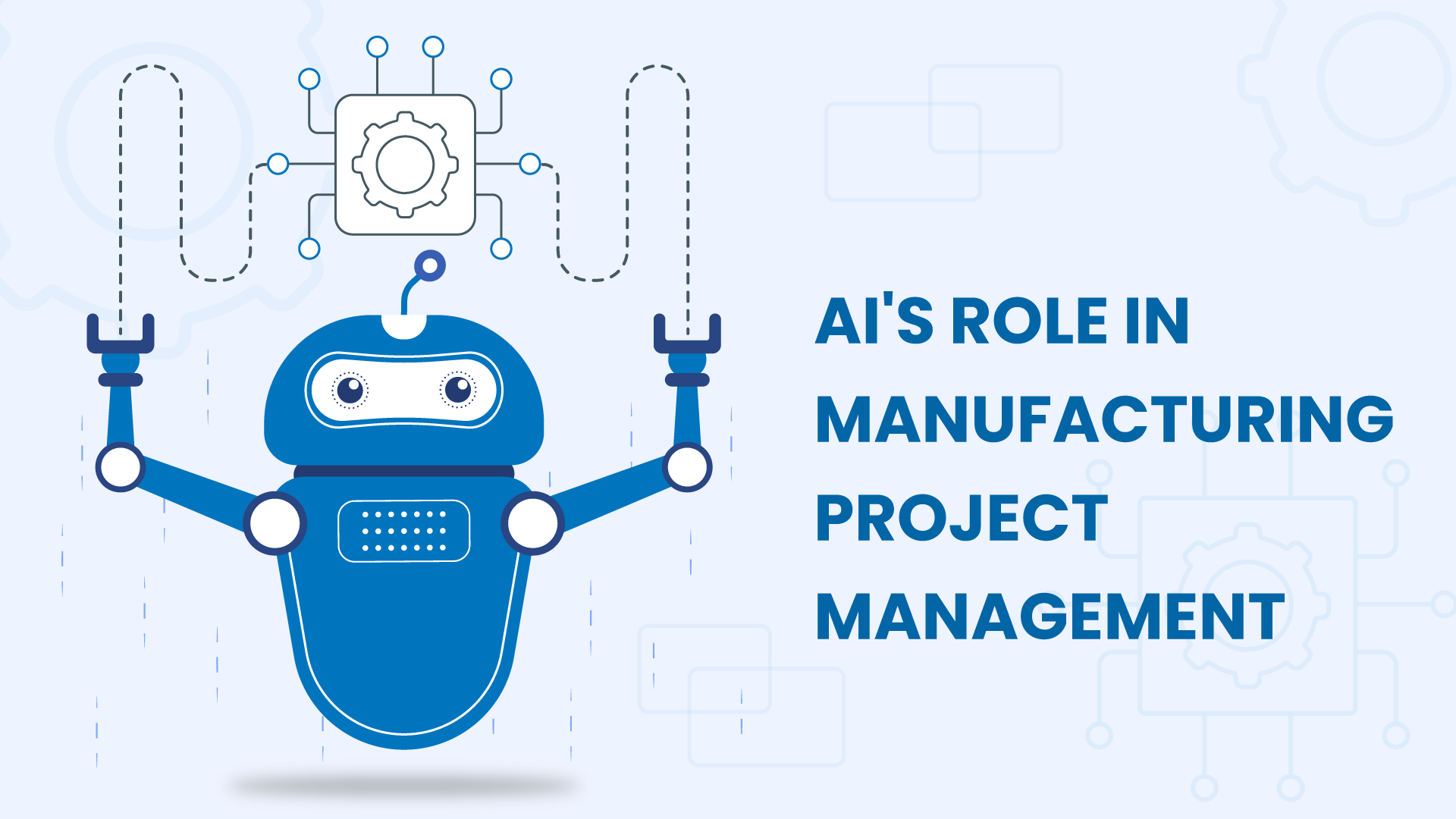



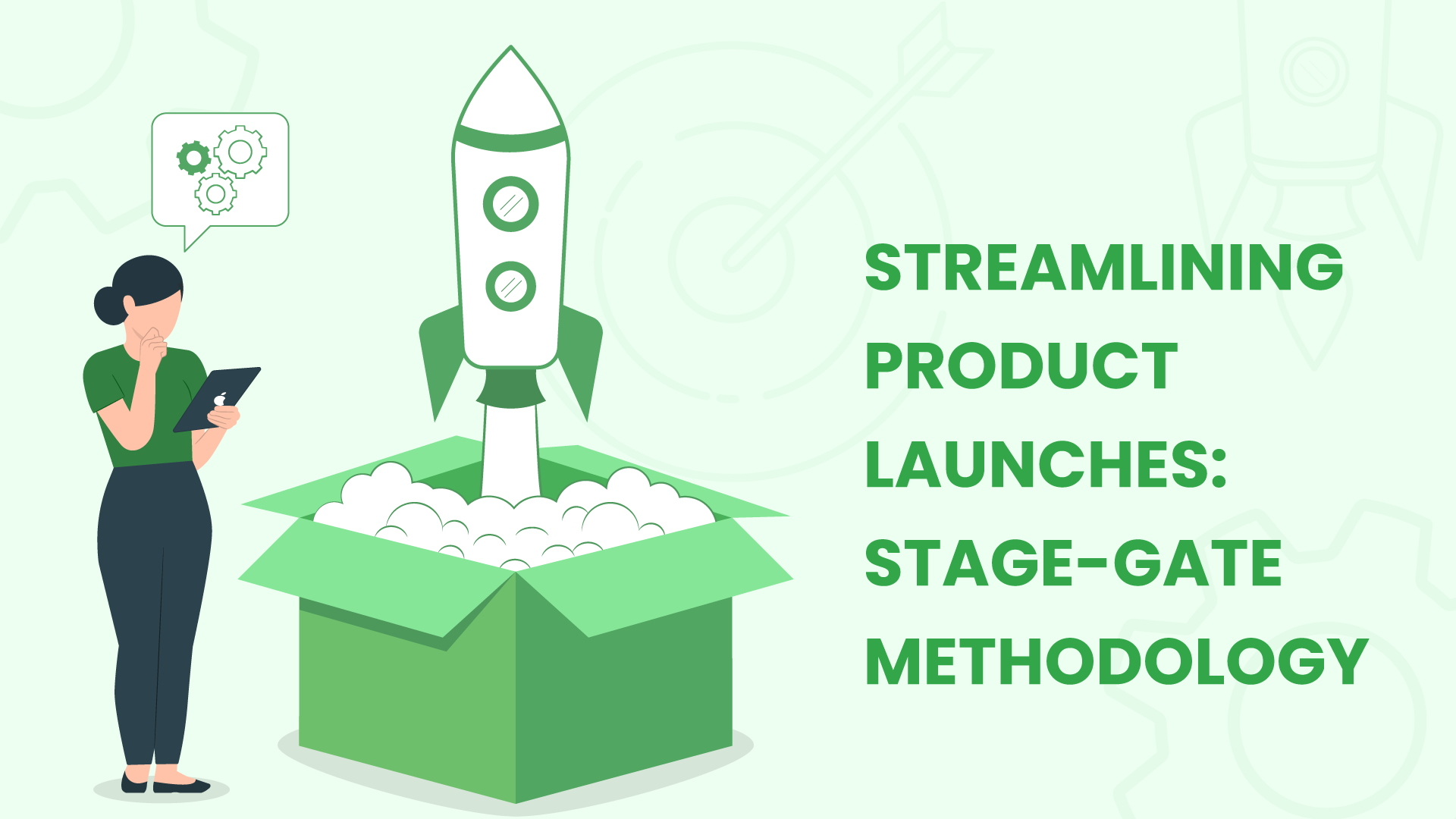
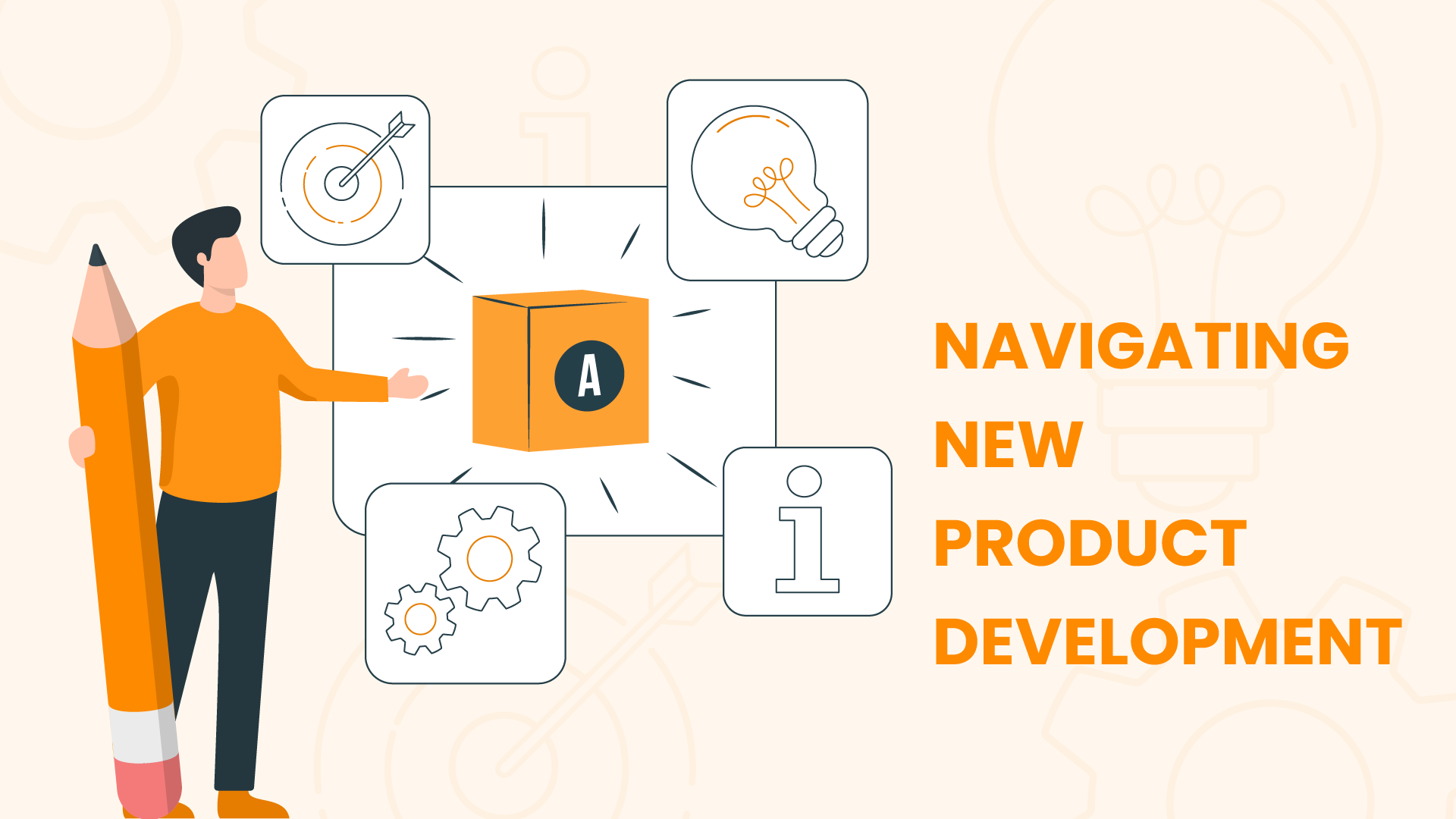
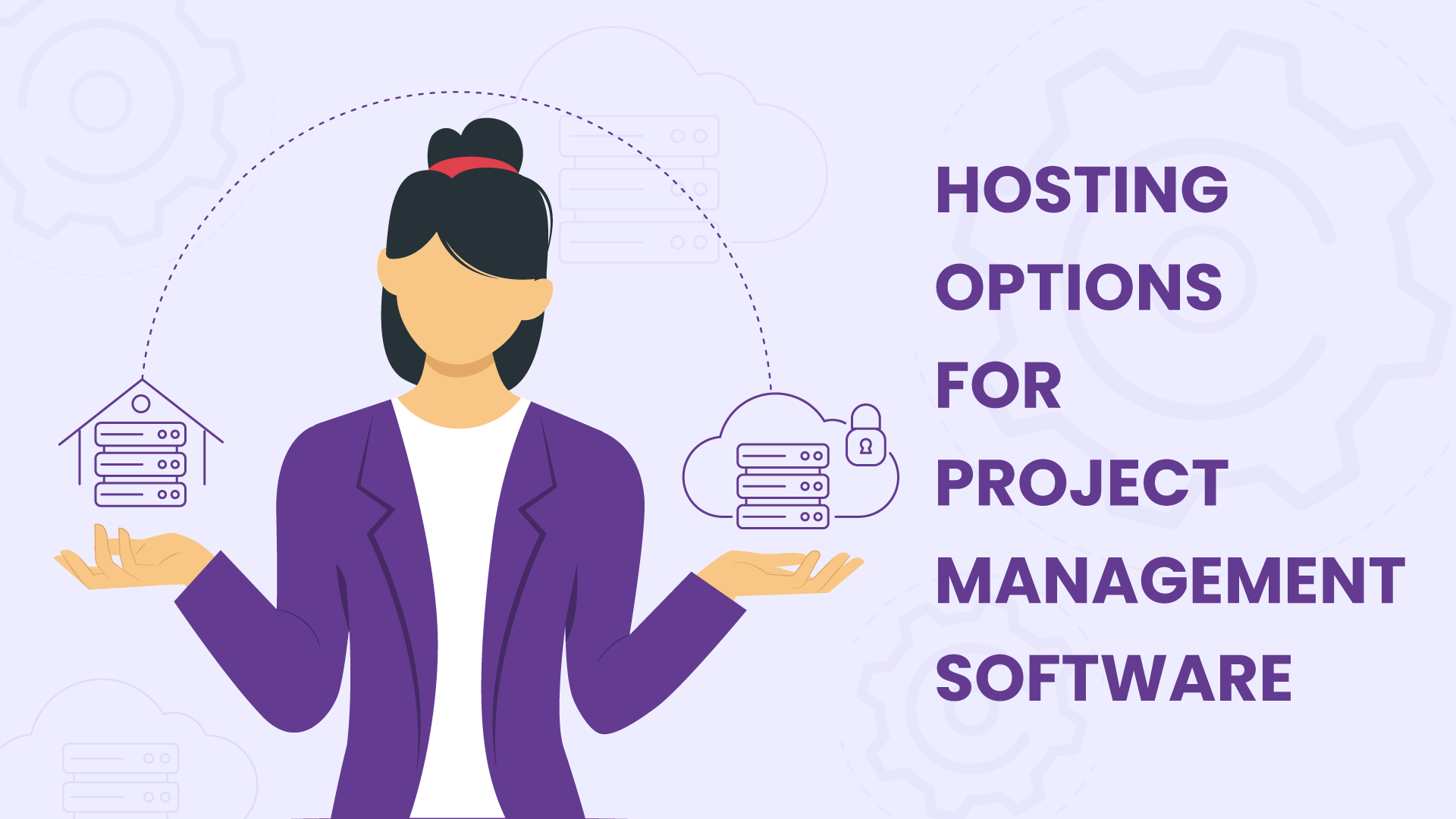
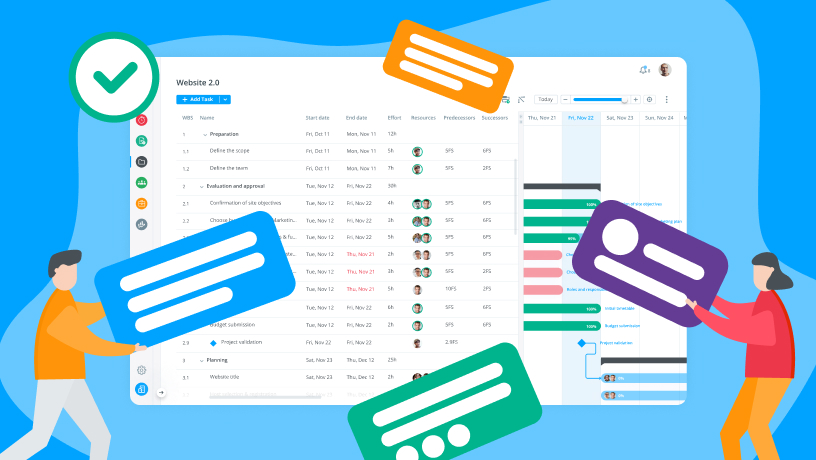



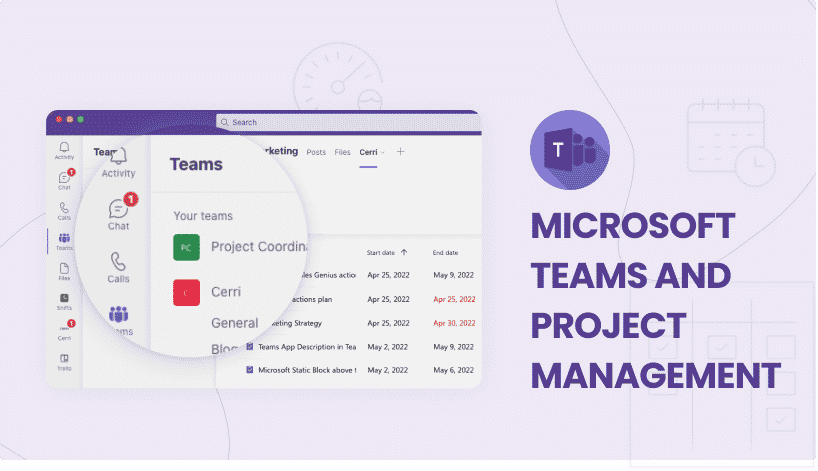




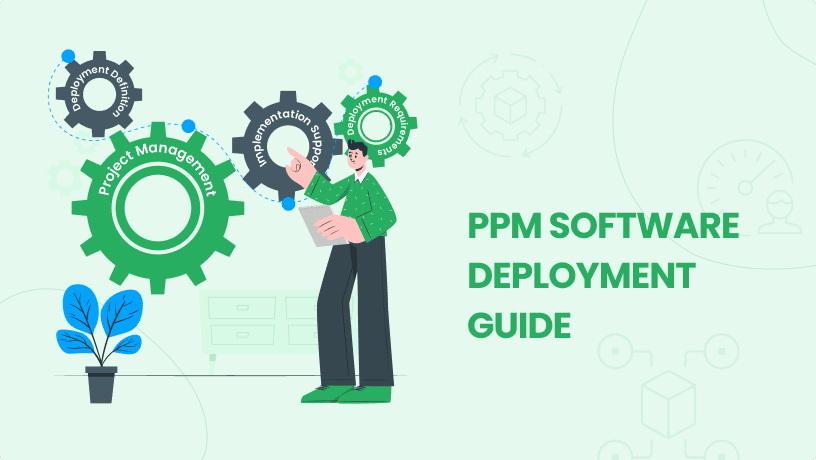
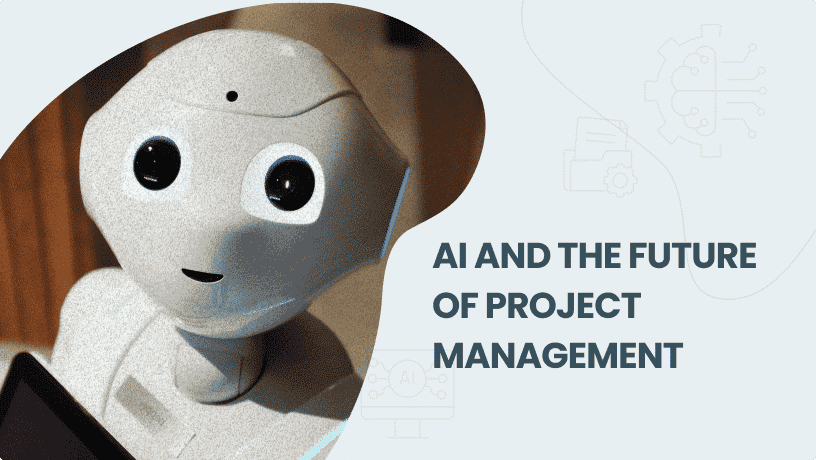
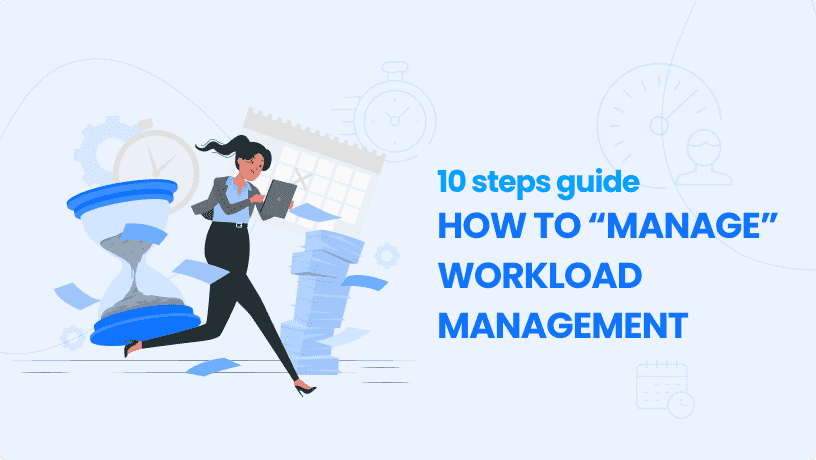






 Task Management
Task Management 

















 Customization
Customization
